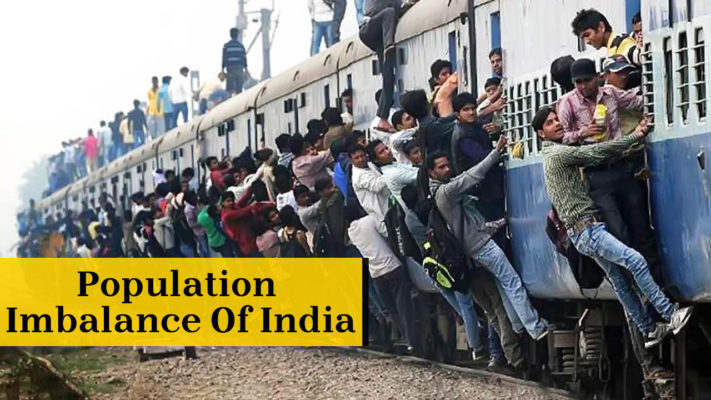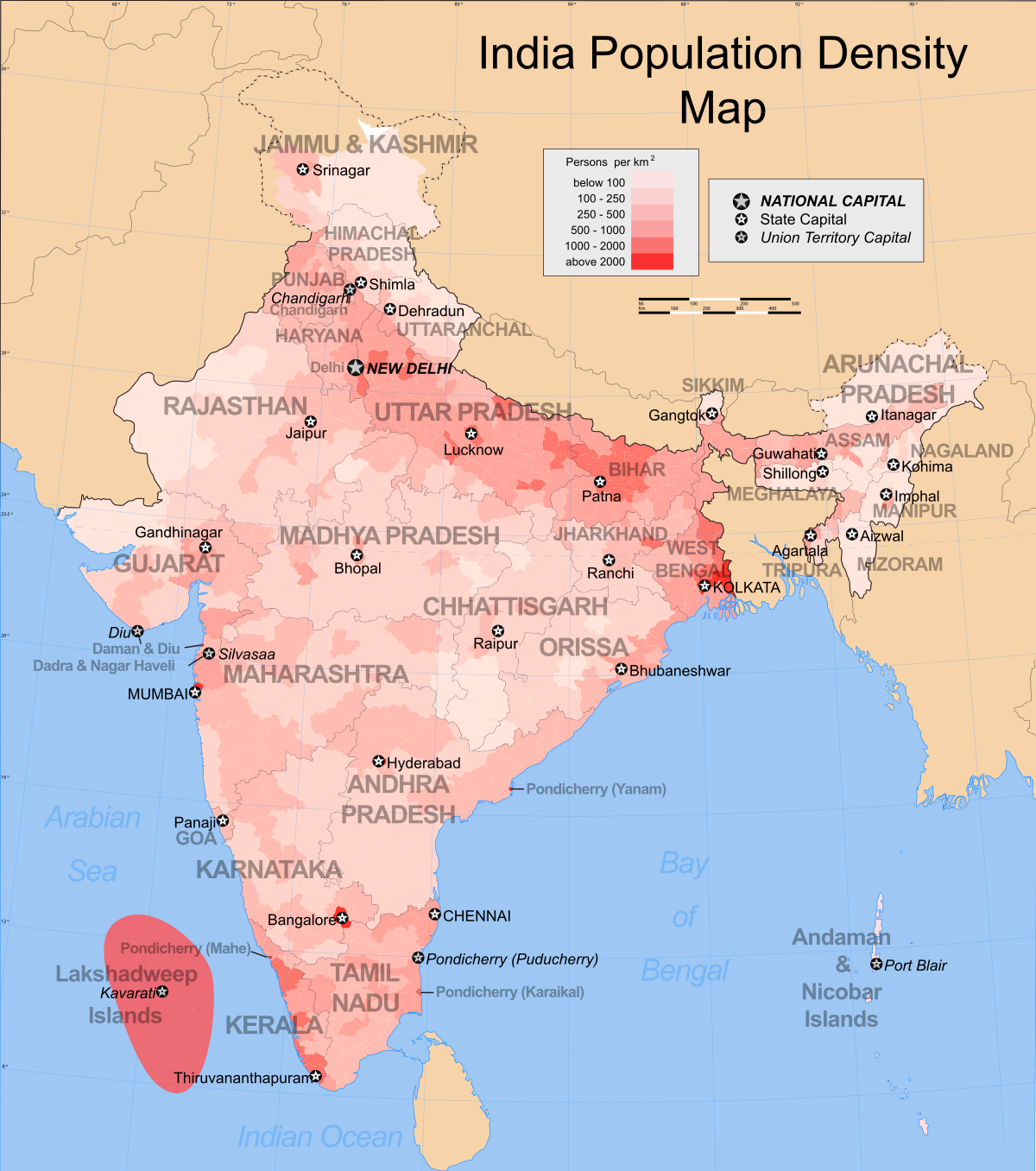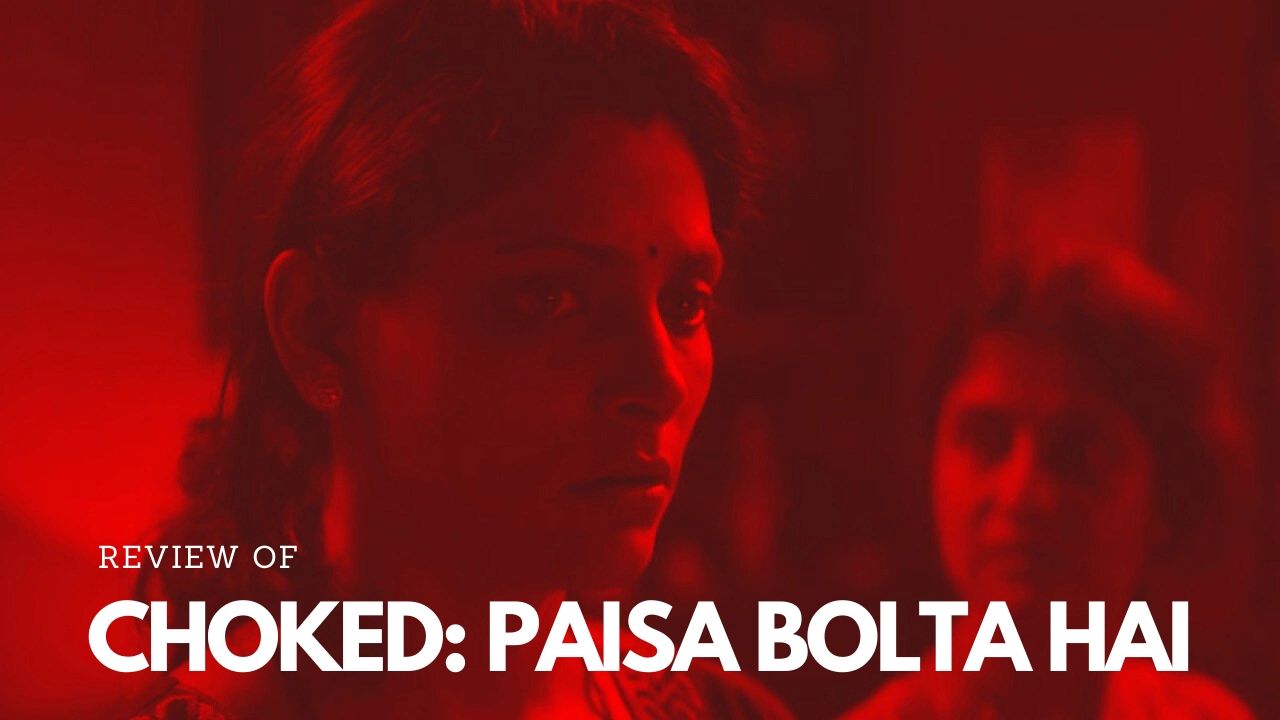
Population Explosion In India
India’s growth in population has rapidly increased over the past years, in earlier times it stood in the second position, with China being at the top, but studies show that India is expected to beat China by 2024. In the year, 1950, studies stated that the population of China was one and half times more when compared to India. The population of India represents 17.99 percent of the world’s overall population.
Fertility Rate
Total fertility rate (TFR) also known as fertility rate, is the number of children born per women over the period of time. The fertility rate over the past years in India has increased as time has passed by, the lowest fertility rate was 359.00 with the highest being 1283.60, as shown in the studies conducted between 1950-2017. States with lowest fertility rate in India are Sikkim with the rate being only 1.24 percentage, the second lowest, Andaman and Nicobar with the rate being 1.51 percentage and Punjab at the third lowest being 1.61 percentage. States with the highest fertility rate in India are Bihar at the top, with the rate at 3.34, Meghalaya at the second place at 2.91 percentage and Uttar Pradesh at the third place at 2.64 percentage.

As there are mainly the youth in the north and the ageing in the south, most of the future potential is caged in the north, in places like Bihar, Odisha, Rajasthan, Uttar Pradesh etc. Therefore, there is a lack of economic development and this will expand far and wide due to the imbalance in the country. Several newspapers reported that the Prime Minister will soon chair a meeting of the National Population Commission, in order to take stock of the situation and chart out the path ahead, especially keeping population stabilisation in mind. But, so far this has not happened at all in the past years. The Indian government has somehow managed to keep the large and small states both sailing in the same boat.
Being a relatively young country, India has a low dependency ratio – the ratio of children and the elderly to the working age population. Once fertility began to slow down, the dependency ratio began to fall from the 1970s and the share of the working population in the total population grew, becoming a huge potential strength for India. But as the population grows, India’s dependency ratio will rise again, and that change becomes evident by or before 2040.
India faces two major problems in terms of the imbalance of the population:
- Gender Bias (Male children over Female)
- The fertility rate of Muslim women being higher than any other religion
Gender Bias
Gender bias is the preference towards one gender towards another, this can be done in a conscious or an unconscious state. In India, gender inequality is present in every possible field. Between the men and the women of the country, the women are considered to be of no use and are condemned for their abilities. Gender equality leaves an impact on the sex ration of the women and their lifestyle, economic situations, etc. Even though women today did make their way to their goals, they’re still looked down upon, while men are considered to be more reliable and responsible. Here, we do not just blame the men, we also see women who prefer to have a ‘Son’ instead of a ‘Daughter’, we choose to educate our sons more than our daughters. People prefer a male child as he can be the breadwinner of the house. Whereas a girl child is considered a liability, because of the concept of dowry.
Muslim Fertility Rate
The Muslim population is the fastest growing population due to the highest fertility rate. In recent studies, it was predicted that the Muslim population itself would grow twice in number by the next 20 years. Muslims in India are much more resistant to modern contraceptive measures compared to other Indians and, as a consequence, the fertility rate among non-Muslim women is much lower when compared to Muslim women. By the end of the 21st century, India’s Muslim population will reach about 340 million people – 19% or 20% of India’s total projected population respectively.














